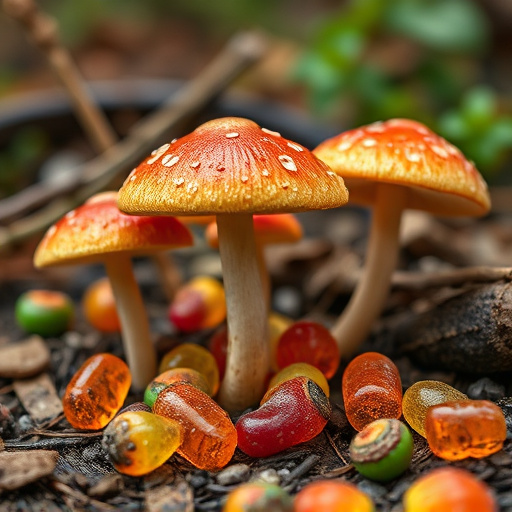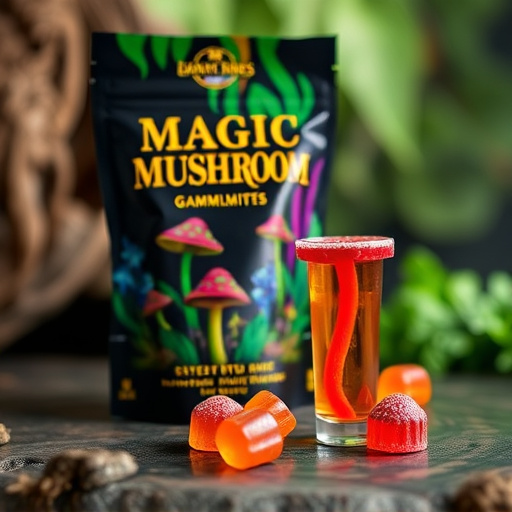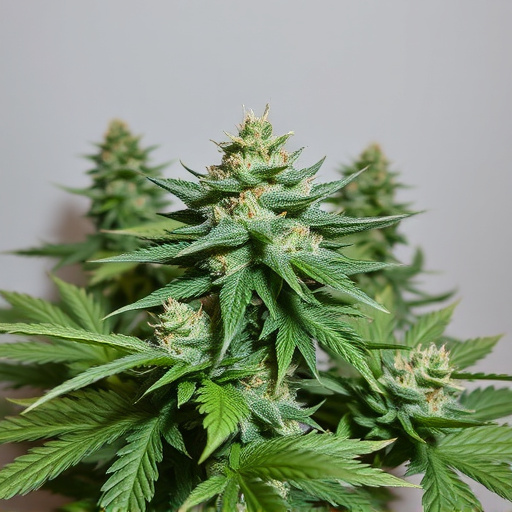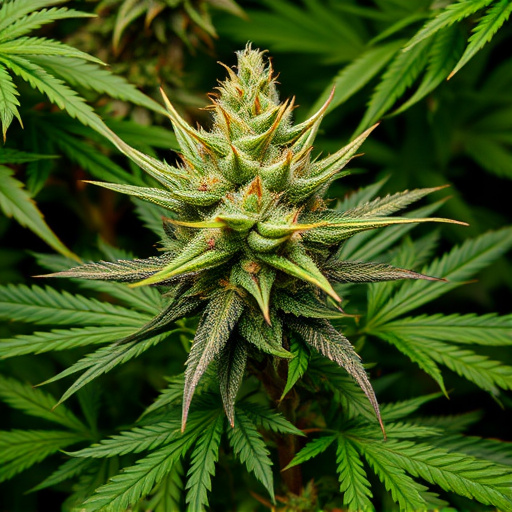Cannabis metabolism and elimination are influenced by various factors including strain type (especially old school strains with higher THC), body fat percentage, consumption method, and individual metabolism. THC is stored in adipose tissue, potentially leading to longer detectability. Old school cannabis strains, due to their higher THC concentrations and fewer terpenes, can remain detectable for longer periods compared to modern hybrids. Regular use, consumption method, and metabolism also significantly impact detection times.
Discover how long cannabis remains detectable in your system with our comprehensive guide. Understanding cannabis metabolism is key to knowing how long its effects linger. We explore factors influencing detection time, including strain variations – specifically focusing on the characteristics and longevity of old school cannabis strains. Learn about the science behind cannabis elimination to make informed decisions regarding testing timelines.
- Understanding Cannabis Metabolism and Elimination
- Factors Affecting Cannabinoid Detection Time
- Old School Cannabis Strains: Characteristics and Longevity of Their Effects
Understanding Cannabis Metabolism and Elimination
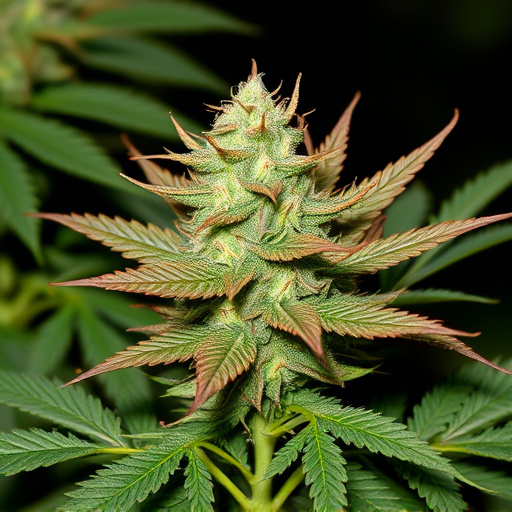
Cannabis, or marijuana, is a complex plant that, once consumed, undergoes a series of metabolic processes in the human body. Understanding how cannabis is metabolized and eliminated is crucial when considering its effects and duration of stay in the system. The primary compound responsible for marijuana’s psychoactive properties is tetrahydrocannabinol (THC), which is fat-soluble and can be stored in adipose tissue. This means that old school cannabis strains with higher THC levels could potentially remain detectable in the body for extended periods, especially in individuals with higher body fat percentages.
The elimination of cannabis from the system happens through both urine and bile. THC is metabolized into 11-hydroxy-THC (11-OH-THC), which is also psychoactive, and then further broken down into various compounds that are eventually excreted. The half-life of THC—the time it takes for the body to eliminate half of the drug—is approximately 30 hours, but this can vary based on factors like metabolism, frequency of use, and individual tolerance. Factors such as the method of consumption (smoking vs. edibles) also play a role in how quickly and thoroughly cannabis is metabolized and eliminated from the system.
Factors Affecting Cannabinoid Detection Time
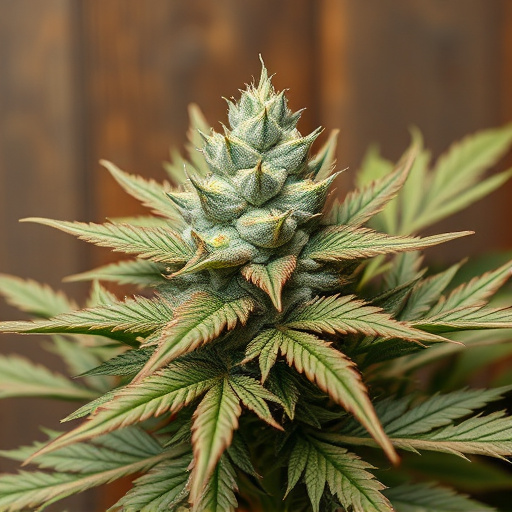
The detection time of cannabinoids in your system is influenced by a multitude of factors, with one of the key considerations being the type or strain of cannabis used. Old school cannabis strains, known for their higher concentrations of THC and fewer terpenes, may be detected for longer periods compared to modern hybrids. This is because the absence of certain terpenes, which can aid in metabolizing cannabinoids, could prolong their presence in bodily fluids.
Additionally, factors like frequency of use, method of consumption, and individual metabolism play a significant role. Regular users may experience shorter detection times due to their body’s adaptation to cannabinoids. The route of administration—inhalation, ingestion, or topical application—also affects detection, with ingested cannabis potentially showing up in tests for a longer duration.
Old School Cannabis Strains: Characteristics and Longevity of Their Effects

Old school cannabis strains, with their distinct characteristics and rich history, have long been favored by both enthusiasts and medical patients. These traditional varieties, often passed down through generations, offer unique profiles that modern hybrids rarely match. In terms of longevity, old school strains are renowned for their powerful and lasting effects, which can persist for extended periods.
The durability of these cannabis strains is attributed to several factors. Firstly, they tend to have higher concentrations of THC, the primary psychoactive compound responsible for the “high” sensation. Secondly, many old school varieties possess distinct terpene profiles, which contribute to enhanced aromatics and potential therapeutic benefits. This combination results in a more intense and drawn-out experience compared to contemporary strains, making them popular choices for those seeking long-lasting effects.
In understanding how long cannabis flowers stay in your system, knowing the metabolism and elimination processes is key. Factors like strain type, frequency of use, and individual biochemistry play significant roles in detection times. Old school cannabis strains, known for their robust effects and distinct characteristics, can have longer-lasting impacts due to their unique cannabinoid profiles. While modern strains may offer diverse benefits, these classic varieties provide a unique perspective on the duration of cannabis’ presence in the body.
